Tire size can be confusing. Some numbers on the sidewall are listed in millimeters while others are inches. Plus, the right size for your car, truck, or trailer can differ depending on where and how you drive.
You can see your original equipment tire size in your owner’s manual or on the placard generally located on the driver’s side door jam. This is the sizing recommended by the vehicle manufacturer.
If you’re interested in switching out your tires for a different look or performance, a good place to start is the numbers and other indicators on your existing tires’ sidewall. Next, have a tire professional help you determine a tire size range that will fit your vehicle and driving needs.
Here’s what those numbers and indicators on the sidewall indicate and how to understand them:
A: TIRE TYPE The first letter in the code tells you what class of tire it is.
P stands for passenger vehicle tire. P-class tires include cars, SUVs, crossovers, minivans and smaller pickup trucks.
LT means light truck tire, designed for vehicles that are capable of carrying heavy loads, towing trailers, or for those looking for an extra heavy duty option. These are often equipped on three-quarter or 1 ton trucks and SUVs.
ST stands for Special Trailer. These tire sizes are meant for trailers, including fifth wheels and other travel trailers, as well as boat and utility trailers.
If there’s no letter before the first number, you have a metric tire most commonly referred to as European size. It’s also measured in millimeters but may have a different load capacity than a P or LT tire.
B: TIRE WIDTH The three-digit number following the letter is the tire’s width (from side to side, looking at the tire head on) in millimeters. This may also be referred to as the section width.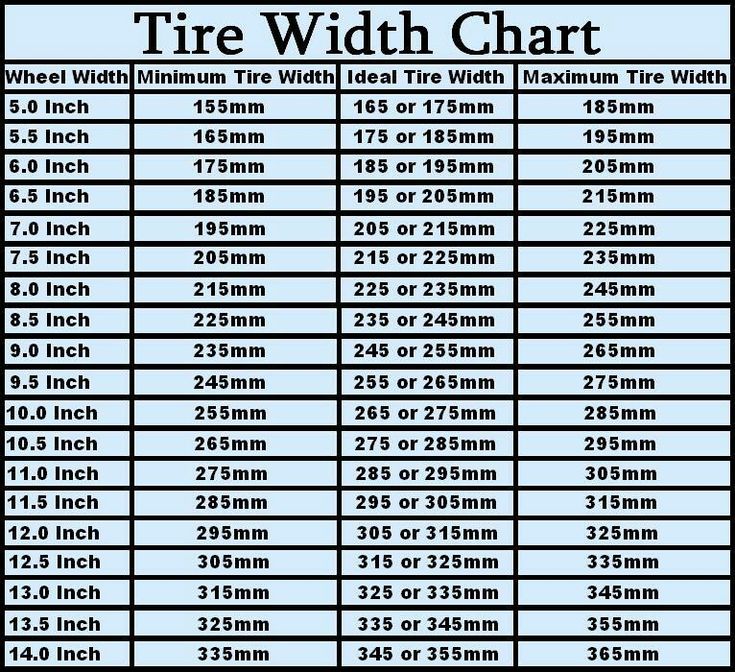
C: ASPECT RATIO The forward slash separates the tire width number from the two-digit aspect ratio. The bigger the aspect ratio, the higher/taller the tire’s sidewall, or “profile” as it’s sometimes called.
The aspect ratio is indicated on the tire sidewall as a percentage. It’s the height of the sidewall measured from wheel rim to top of the tread, expressed as a percentage of tire width.
In this example, the aspect ratio is 65, meaning the sidewall is 65 percent as high as the tire is wide. To get the sidewall height, take the tire width of 215 mm and convert it to inches (8.46). Then multiply this by 65% (.65). This gives you an answer of 5.5, the sidewall height in inches.
D: CONSTRUCTION TYPE This single letter tells you about the internal construction of the tire.
R is for radial tires, the industry standard for most tires today. They have better road grip, lower rolling resistance for better gas mileage, ride comfort and durability than previous generations of tires. In a radial tire, the plies — layers of strong cords made of a blend of polyester, steel and fabric and coated with rubber — are laid perpendicular to the direction of travel.
In a radial tire, the plies — layers of strong cords made of a blend of polyester, steel and fabric and coated with rubber — are laid perpendicular to the direction of travel.
D is for tires built with diagonal (crisscrossed) plies, called bias-constructed tires. They are also called conventional, x-ply, or cross-ply tires. Some motorcycle and trailer tires still use this internal construction.
Some run-flat tires are identified with an F followed by the type of internal construction.
E: WHEEL DIAMETER This two-digit number specifies wheel diameter in inches. It’s the distance between the two bead seat areas (where a tire gets tightly sealed onto the wheel).
F: LOAD INDEX The two-digit or three-digit number that follows the gap specifies tire load index. The load index symbol indicates how much weight a tire can support, based on the following standard chart. In our example, the load index is 89, which indicates the tire has a load capacity of 1,279 pounds, when inflated to the tire’s maximum air pressure rating.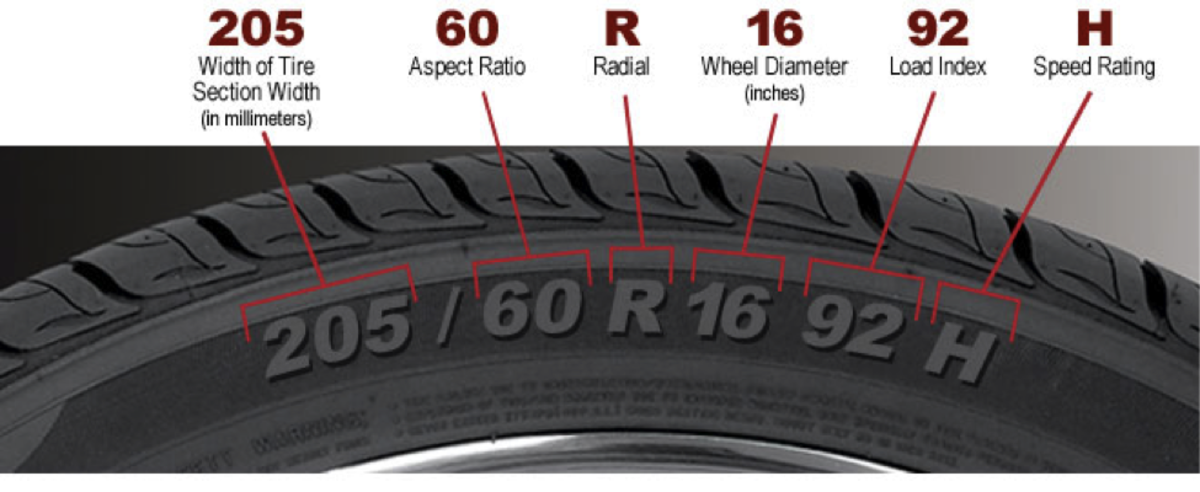
G: SPEED RATING The last letter is the tire speed rating. This indicates the top speed it’s safe to travel at for a sustained amount of time. A tire with a higher speed rating can handle heat better and provide more control at faster speeds. The maximum operating speed of a vehicle is no more than the lowest speed rating of all tires mounted on the vehicle. (Of course, you should always abide by speed limits for safer driving.) Speed rating is usually, but not always, a single letter (see the chart).
Below you will find several charts that will help you understand tire sizing numbers, including a load index chart and speed rating chart.
A tire size calculator is a quick way to see whether the tire size you’re considering will likely fit your car, SUV, sports car, light truck or crossover.
But remember that is only an estimate. It’s important to stay within the sizing tolerances of your vehicle. Tires that are the wrong size could cause some pull in the steering wheel, rub against the suspension or body of your vehicle, reduce clearance on hills, or result in a stiffer or noisier ride.
Tires that are the wrong size could cause some pull in the steering wheel, rub against the suspension or body of your vehicle, reduce clearance on hills, or result in a stiffer or noisier ride.
If you’re considering mounting a different tire size on your vehicle, check with a tire expert. Find out whether the tires and wheels you have your eye on are the right fit for your vehicle’s suspension, gearing, and bodywork. And ask how any differences in revolutions per mile, tire speed, load index, and speed rating will affect your ride quality and vehicle performance.
See how new tires and rims will look on your car or truck using our Virtual Wheels simulator, available at any Les Schwab.
Find Your Store
How the tyre size might appear.
Dissecting the codeThe tyre size might read like this: P195/55 R16 87 V. Hardly user friendly but, when you know what it all means, you’ll realise it tells you useful information about the tyre’s construction, size and type.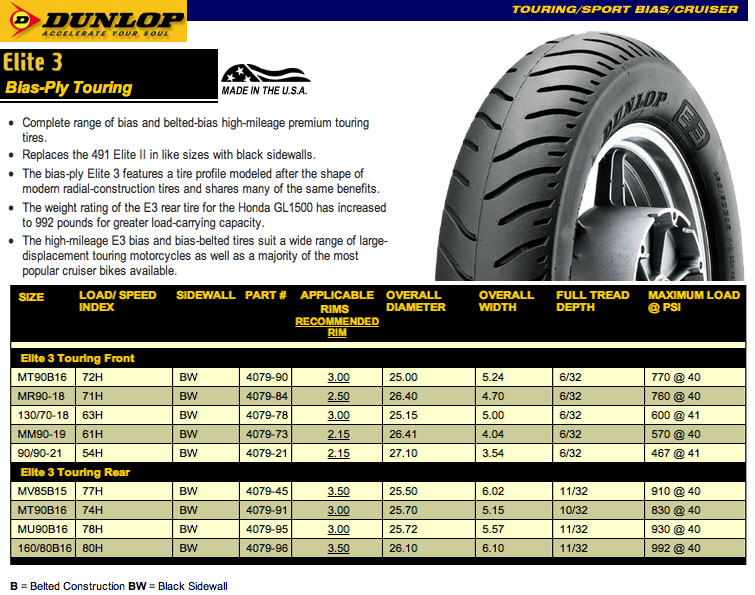
The first three numbers, in this case 195, refer to the section width of the tyre. This is the measurement, in millimetres, from the tyre’s inner sidewall to its outer sidewall.
2 Aspect ratioThe aspect ratio, or profile, refers to the height of the sidewall as a % of the section width. In our example, 55 means the height is equal to 55% of the 195mm width. The bigger the aspect ratio, the bigger the sidewall will be.
3 Construction typeThe letter R means the tyre is a radial construction. Almost all new car tyres are radials.
4 RimThe number to the right of the construction type is the rim diameter, measured in inches. In this case, it’s a 16” wheel.
5 Load indexThe final number is the load index i.e. the maximum load (in kg) that the tyre can carry. See chart below
| Load Index | Load in kg | Load Index | Load in kg | Load Index | Load in kg | Load Index | Load in kg |
| 62 | 265 | 79 | 437 | 96 | 710 | 113 | 1150 |
| 63 | 272 | 80 | 450 | 97 | 730 | 114 | 1180 |
| 64 | 280 | 81 | 462 | 98 | 750 | 115 | 1215 |
| 65 | 290 | 82 | 475 | 99 | 775 | 116 | 1250 |
| 66 | 300 | 83 | 487 | 100 | 800 | 117 | 1285 |
| 67 | 307 | 84 | 500 | 101 | 825 | 118 | 1320 |
| 68 | 315 | 85 | 515 | 102 | 850 | 119 | 1360 |
| 69 | 325 | 86 | 530 | 103 | 875 | 120 | 1400 |
| 70 | 335 | 87 | 545 | 104 | 900 | 121 | 1450 |
| 71 | 345 | 88 | 560 | 105 | 925 | 122 | 1500 |
| 72 | 355 | 89 | 580 | 106 | 950 | 123 | 1550 |
| 73 | 365 | 90 | 600 | 107 | 975 | 124 | 1600 |
| 74 | 375 | 91 | 615 | 108 | 1000 | 125 | 1650 |
| 75 | 387 | 92 | 630 | 109 | 1030 | 126 | 1700 |
| 76 | 400 | 93 | 650 | 110 | 1060 | ||
| 77 | 412 | 94 | 670 | 111 | 1090 | ||
| 78 | 425 | 95 | 690 | 112 | 1120 |
Tyre load rating table
6 Speed symbolThe final character (in this case V) relates to the maximum speed of use.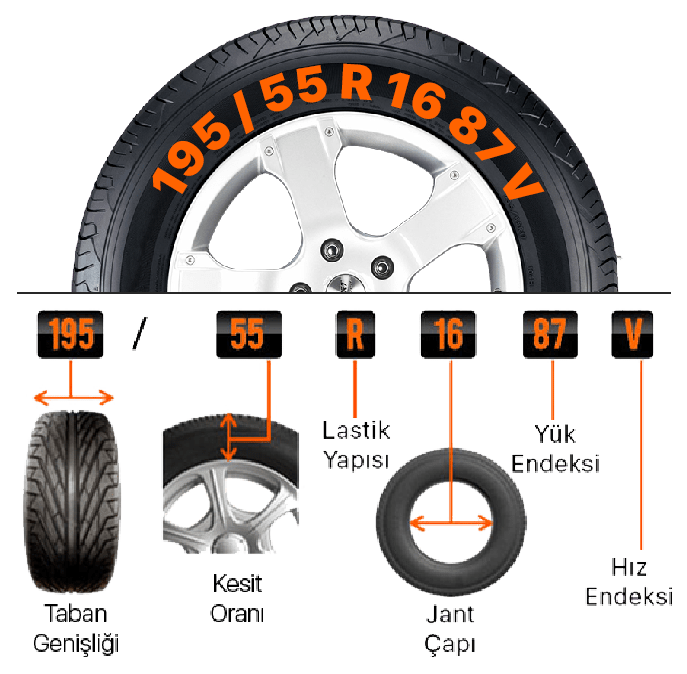 Again, the following table will clarify what your tyre’s symbol means.
Again, the following table will clarify what your tyre’s symbol means.
| Speed Rating | Mile/Hour | Kilometers/Hour | Speed Rating | Mile/Hour | Kilometers/Hour | |
| N | 87 | 140 | U | 124 | 200 | |
| P | 93 | 150 | H | 130 | 210 | |
| Q | 99 | 160 | V | 149 | 240 | |
| R | 106 | 170 | ZR | 150+ | 240+ | |
| S | 112 | 180 | W | 168 | 270 | |
| T | 118 | 190 | Y | 186 | 300 |
Tyre speed rating table
Where can I find my car’s tyre size?You’ll find you car’s tyre size on the tyres’ sidewall, in your car’s vehicle manual as well as on a sticker inside the driver’s door.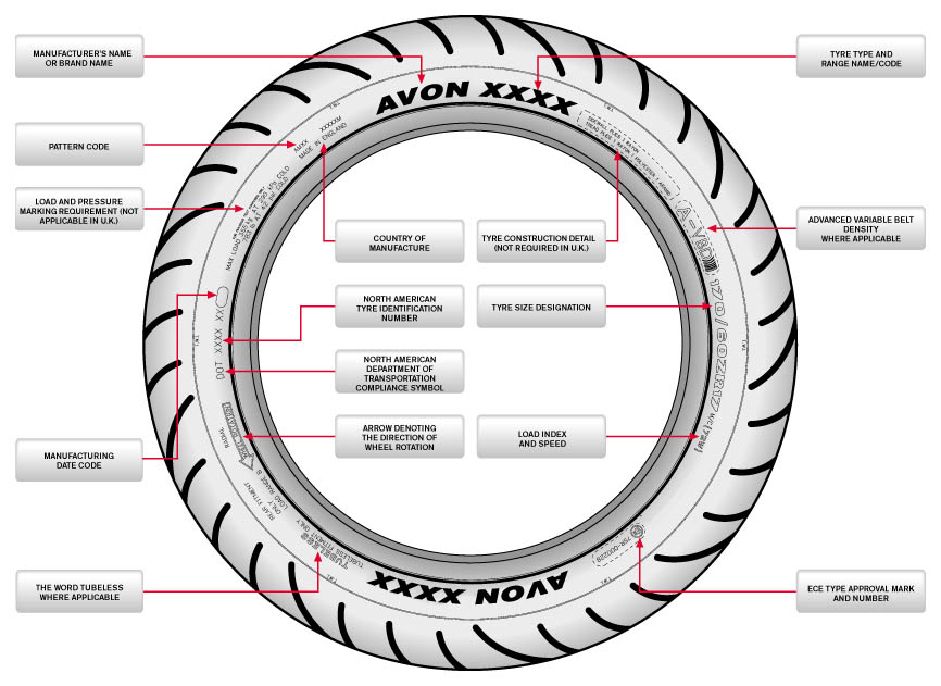 If you’re still unsure, visit your nearest Uniroyal dealership for advice.
If you’re still unsure, visit your nearest Uniroyal dealership for advice.
Do you want to choose a tire for your car, but do not understand tire markings well? It's not a problem! In this section, we will help you figure out what tire parameters are, what they mean, and which tire is right for your car.
Find tires / tire catalog
195/65 R15 91 TXL
195 is the tire width in mm.
65 - Proportionality, i.e. profile height to width ratio. In our case, it is equal to 65%. Simply put, with the same width, the larger this indicator, the higher the tire will be and vice versa. Usually this value is simply called “profile”.
Since the tire profile is a relative value, it is important to take into account when choosing rubber that if you want to put tires with a size of 205/65 R15 instead of the size 195/65 R15, then not only the width of the tire will increase, but also the height! Which in most cases is unacceptable! (except when both of these sizes are indicated in the car's operating book).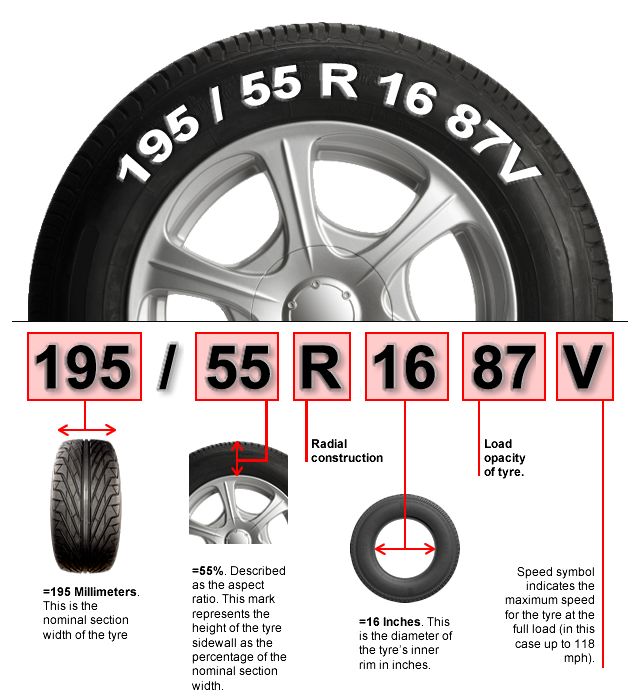 You can calculate the exact data on changing the outer dimensions of the wheel in a special tire calculator.
You can calculate the exact data on changing the outer dimensions of the wheel in a special tire calculator.
If this ratio is not specified (for example, 185/R14C), then it is equal to 80-82% and the tire is called full profile. Reinforced tires with this marking are usually used on minibuses and light trucks, where a large maximum wheel load is very important.
R - means a tire with a radial cord (in fact, almost all tires are made this way now).
Many mistakenly believe that R- means the radius of the tire, but this is precisely the radial design of the tire. There is also a diagonal design (indicated by the letter D), but recently it has practically not been produced, since its performance is noticeably worse.
15 - wheel (rim) diameter in inches. (It is the diameter, not the radius! This is also a common mistake). This is the “landing” diameter of the tire on the disk, i.e. is the inside size of the tire or the outside of the rim.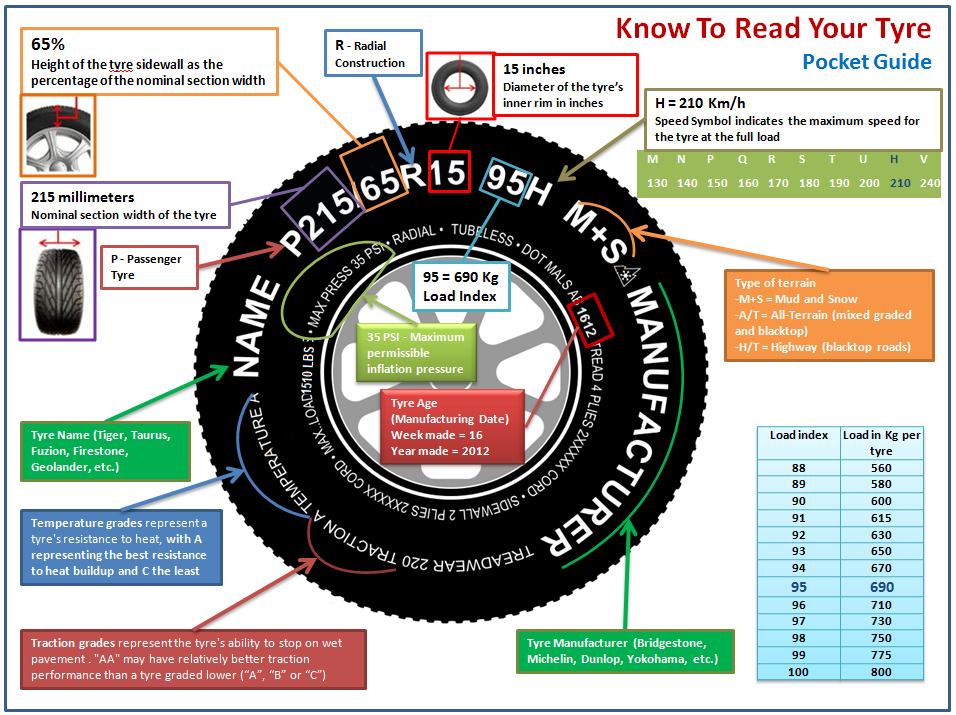
91 - load index. This is the level of maximum permissible load on one wheel. For passenger cars, it is usually done with a margin and is not a decisive factor when choosing tires (in our case, IN - 91 - 670 kg.). For minibuses and small trucks, this parameter is very important and must be observed.
T - tire speed index. The larger it is, the faster you can ride on this tire (in our case, IS - H - up to 210 km / h). Speaking about the tire speed index, I would like to note that with this parameter, the tire manufacturer guarantees the normal operation of the rubber when the car is constantly moving at the specified speed for several hours.
There are two different markings for American tires. The first one is very similar to the European one, only the letters “P” (Passanger - for a passenger car) or “LT” (Light Truck - light truck) are placed before the size. For example: P 195/60 R 14 or LT 235/75 R15. And another tire marking, which is fundamentally different from the European one.
For example: P 195/60 R 14 or LT 235/75 R15. And another tire marking, which is fundamentally different from the European one.
Example: 31x10.5 R15 (corresponding to European size 265/75 R15)
31 is the outside diameter of the tire in inches.
10.5 is tire width in inches.
R - a tire with a radial design (older tire models were with a diagonal design).
15 is the inner diameter of the tire in inches.
Generally speaking, except for inches that are unusual for us, the American tire marking is logical and more understandable, unlike the European one, where the height of the tire profile is not constant and depends on the width of the tire. And here everything is simple with decoding: the first digit of the standard size is the outer diameter, the second is the width, the third is the inner diameter.
XL or Extra Load is a reinforced tire, the load index of which is 3 units higher than that of conventional tires of the same size.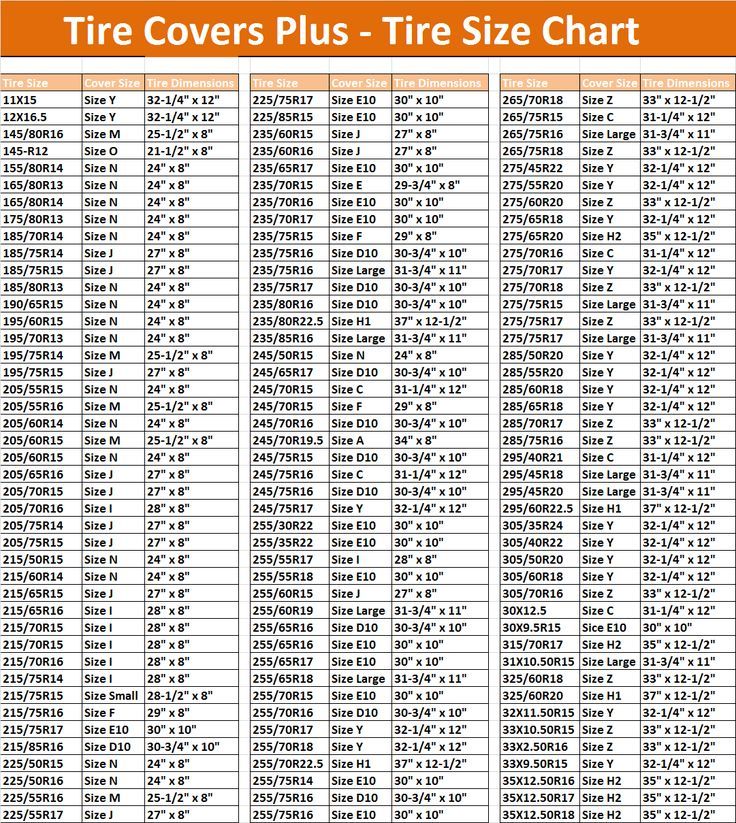 In other words, if a given tire has a load index of 91 marked XL or Extra Load, then this means that with this index, the tire is able to withstand a maximum load of 670 kg instead of 615 kg (see the table of tire load indices).
In other words, if a given tire has a load index of 91 marked XL or Extra Load, then this means that with this index, the tire is able to withstand a maximum load of 670 kg instead of 615 kg (see the table of tire load indices).
M+S or M&S tire marking (Mud + Snow) - mud plus snow and means that the tires are all-season or winter. Many summer tires for SUVs are labeled M&S. However, these tires must not be used in winter, as winter tires have a completely different rubber compound and tread pattern, and the M&S badge indicates good flotation performance.
All Season or AS all season tires. Aw (Any Weather) - Any weather.
Pictogram * (snowflake) — rubber is designed for use in harsh winter conditions. If this marking is not on the sidewall of the tire, then this tire is intended for use only in summer conditions.
Aquatred, Aquacontact, Rain, Water, Aqua or pictogram (umbrella) - special rain tires.
Outside and Inside ; asymmetric tires, i.e. It is important not to confuse which side is the outside and which is the inside. When installing, the Outside inscription must be on the outside of the car, and Inside on the inside.
RSC (RunFlat System Component) - RunFlat tires are tires on which you can continue to drive a car at a speed of no more than 80 km / h with a FULL drop in pressure in the tire (due to a puncture or cut). On these tires, depending on the manufacturer's recommendations, you can drive from 50 to 150 km. Different tire manufacturers use different designations for RSC technology. For example: Bridgestone RFT, Continental SSR, Goodyear RunOnFlat, Nokian Run Flat, Michelin ZP etc.
Rotation or arrow This marking on the tire sidewall indicates a directional tire. When installing the tire, you must strictly observe the direction of rotation of the wheel, indicated by the arrow.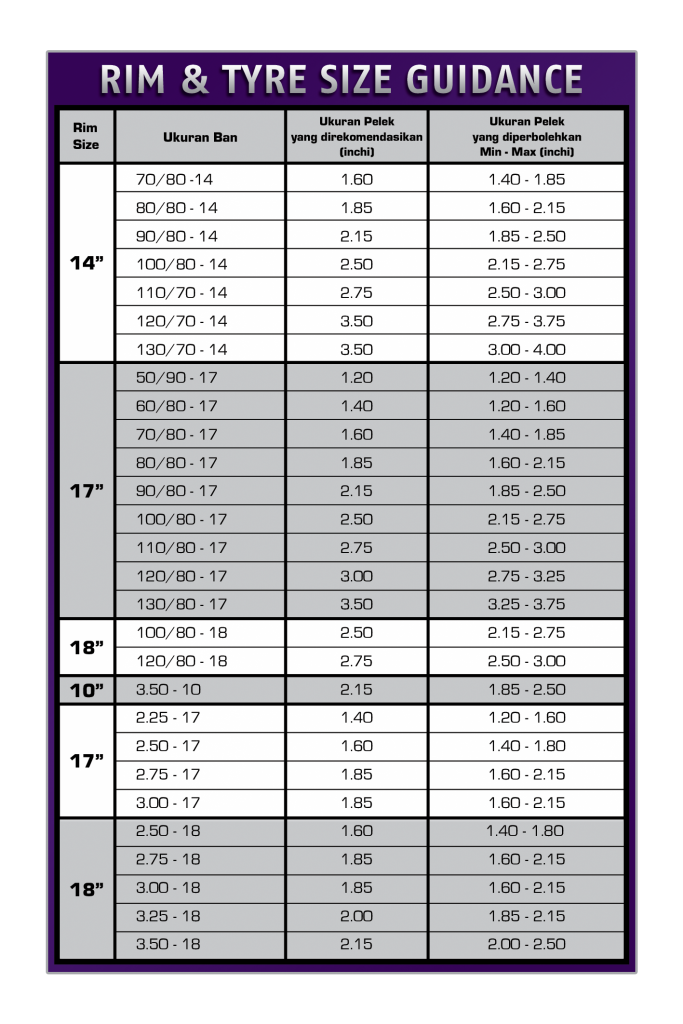
Tubeless - tubeless tire. In the absence of this inscription, the tire can only be used with a camera. Tube Type - indicates that this tire must be used only with a tube.
Max Pressure ; maximum allowable tire pressure. Max Load - the maximum allowable load on each wheel of the car, in kg.
Reinforced or the letters RF in the size (for example 195/70 R15RF) means that this is a reinforced tire (6 layers). The letter C at the end of the size (for example 195/70 R15C) indicates a truck tire (8 layers).
Radial this marking on the rubber in the standard size means that this is a radial construction tire. Steel means that there is a metal cord in the tire structure.
Letter E (in a circle) - the tire meets the European requirements of ECE (Economic Commission for Europe). DOT (Department of Transportation - US Department of Transportation) is an American quality standard.
Temperature A, B, or C Temperature resistance of the tire at high speeds on the test bench (A is best).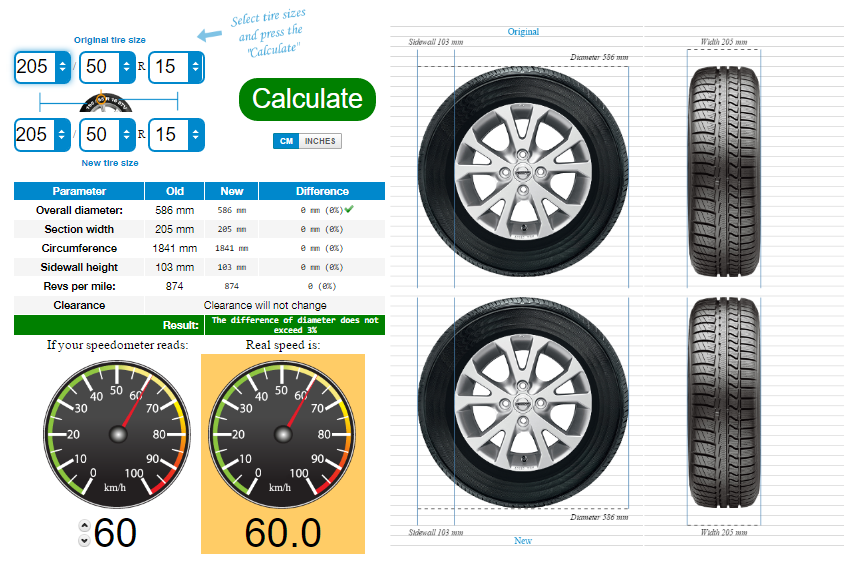
Traction A, B, or C Tire wet braking capability.
Treadwear ; relative expected mileage compared to a specific US standard test.
TWI (Tread Wear Indiration) - tire tread wear indicators. The marking on the TWI wheel can also be with an arrow. Pointers are located evenly in eight or six places around the entire circumference of the tire and show the minimum allowable tread depth. The wear indicator is made in the form of a protrusion with a height of 1.6 mm (the minimum tread value for light vehicles) and is located in the tread recess (usually in the drainage grooves).
DOT - Manufacturer's coded address, tire size code, certificate, issue date (week/year).
Find tires / tire catalog How to choose the right tires for your car? In the off-season, for many drivers, this is the most pressing issue.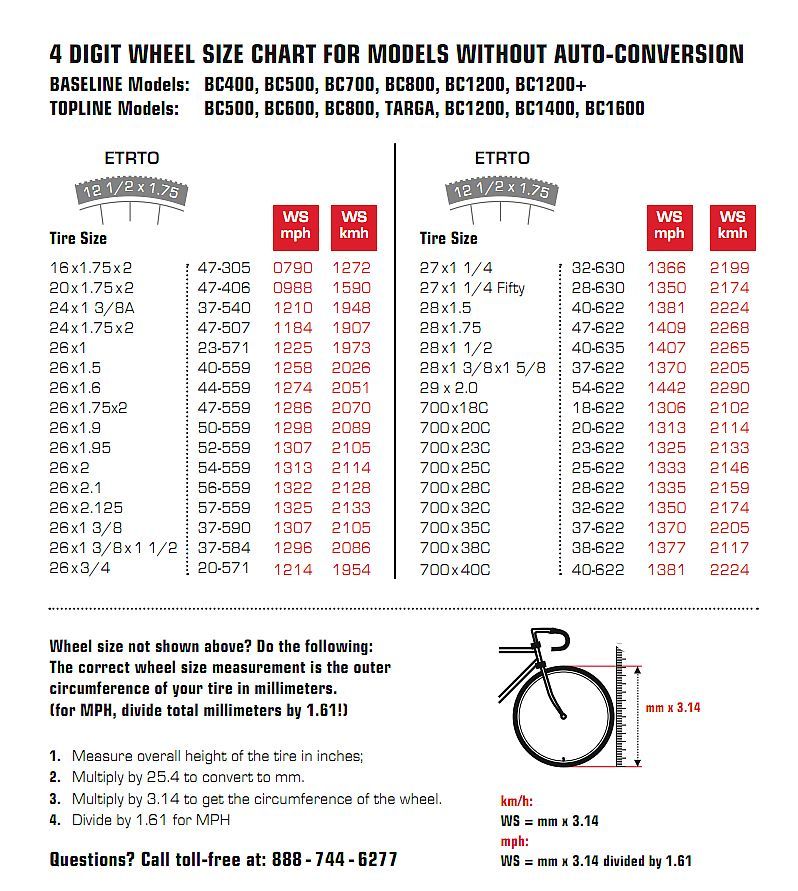 The necessary information about the sizes, speed and loading characteristics of tires is easy to find in the car's operating manual. Sergey Mishin, the head of the tire test group of the Za Rulem magazine, talks about how to navigate the tire markings and what threatens mistakes in choosing winter and summer tires.
The necessary information about the sizes, speed and loading characteristics of tires is easy to find in the car's operating manual. Sergey Mishin, the head of the tire test group of the Za Rulem magazine, talks about how to navigate the tire markings and what threatens mistakes in choosing winter and summer tires.
Tire test group ZR answers questions
The main "metrics" of the tire are hidden in a set of numbers printed on the sidewall. Take, for example, 195/65R15.
The first (195) indicates the width of the tire profile in millimeters. The second (65), after the slash, is a series of tires. In fact, this is the height of its profile, indicated as a percentage of the width. In more familiar millimeters, it will be: 195 × 0.65 \u003d 126.75.
The letter R indicates the radial design of the tyre. And the last digit (15) indicates the landing diameter (not the radius!) of the tire in inches.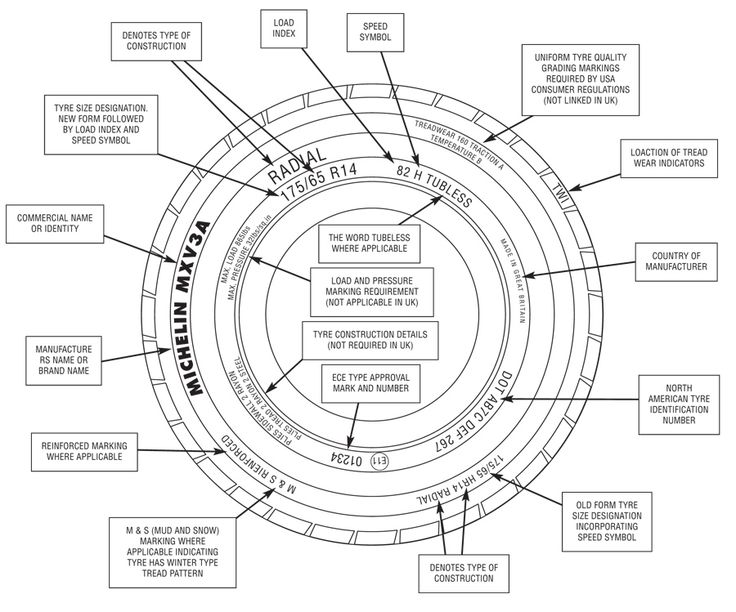 Converting it to millimeters (15 × 25.4 = 381) and adding twice the height of the profile (or sidewall) in the same units (126.75 × 2 = 253.5), we get the main overall size of the tire - its outer diameter: 381 +253.5 = 634.5 mm.
Converting it to millimeters (15 × 25.4 = 381) and adding twice the height of the profile (or sidewall) in the same units (126.75 × 2 = 253.5), we get the main overall size of the tire - its outer diameter: 381 +253.5 = 634.5 mm.
The owner's manual will tell you which tires are suitable for your car. The lazy ones will find a label with allowable dimensions and recommended pressure on the end of the driver's door or the B-pillar.
If the tire diameter is less than optimal, this will lead to a decrease in ground clearance, and the use of larger diameter tires is limited by the dimensions of the wheel arches. Rubber should not touch the body or chassis elements - especially when turning the wheels left and right and driving with a load on rough roads. Any deviation from the recommended diameter also affects the speedometer readings.
What tire labels say
Za Rulem.RF found out how readers relate to bald tires
If the car manufacturer allows you to vary the tire size within certain limits, please note that wider tires are preferable for summer: the wider the contact patch with the road, the better the tires cling to it. But the wider the tire, the greater the rolling resistance. In addition, on such tires, the car is less well controlled in small radius turns - the tread has to slip due to the fact that its opposite sides pass different paths. Another disadvantage of wide tires is the tendency to hydroplaning (loss of contact with the wet road).
The high sidewall softens bumps well, but makes the tire more pliable. When turning, it deforms and does not respond so quickly to taxiing. Therefore, from the point of view of handling and stability, a low profile tire is preferable. But it is stiffer and has less durable sidewalls.
In winter, on the other hand, the specific pressure in the contact patch should be higher, which improves grip on ice and snow. So, narrower tires are preferable here.
In the marking, as a rule, there are a couple more numbers that are rarely paid attention to, for example, 91H, 95T. These are indexes of carrying capacity and maximum permissible speed. According to special tables, it is not difficult to convert them into specific values of load (in kilograms) and speed (in kilometers per hour).
Here is an example calculation for a maximum speed of 185 km/h. We increase the figure by 15%, since such an increase is possible when driving on a long descent or with a strong tailwind. 185 x 1.15 = 209,3. According to table No. 1, this number is between 190 and 210. We round it up and get the index H.
). But in no case should you exceed the speed limit of tires - they will not withstand a large centrifugal force.
Now about the carrying capacity. The number 82, for example, indicates that the tire is capable of carrying a load of no more than 475 kg. Determine the minimum required for your vehicle based on the maximum axle load at full weight. Divide this value by two and in the tables (they are shown in the photo gallery at the bottom of the article) select the nearest value, rounding it up. Some tire and car manufacturers recommend increasing the calculated value by 20%, creating a margin.
On some tires, this set is supplemented by some more symbols.
Supertest 18 sets of winter tires: driving into winter
How drivers choose tires
XL is a pure bluff, designed to suggest that tires have increased load capacity. But the real load is determined only by the index described above.
SUV or 4×4 (depending on the manufacturer) indicate that the tires are designed for crossovers or all-terrain vehicles. Their main features are a more powerful frame and shoulders reinforced from the inside.
The letter C in the label (eg 185/75R16C) refers to light commercial vehicles (minivans and light trucks). Such tires are distinguished by a double index of load capacity (for example, 104/102Q), where the first digit indicates the load capacity of the wheel in a single-wheel version, and the second - in a two-wheel version.
Run-flat tires are able to travel some distance without losing air.